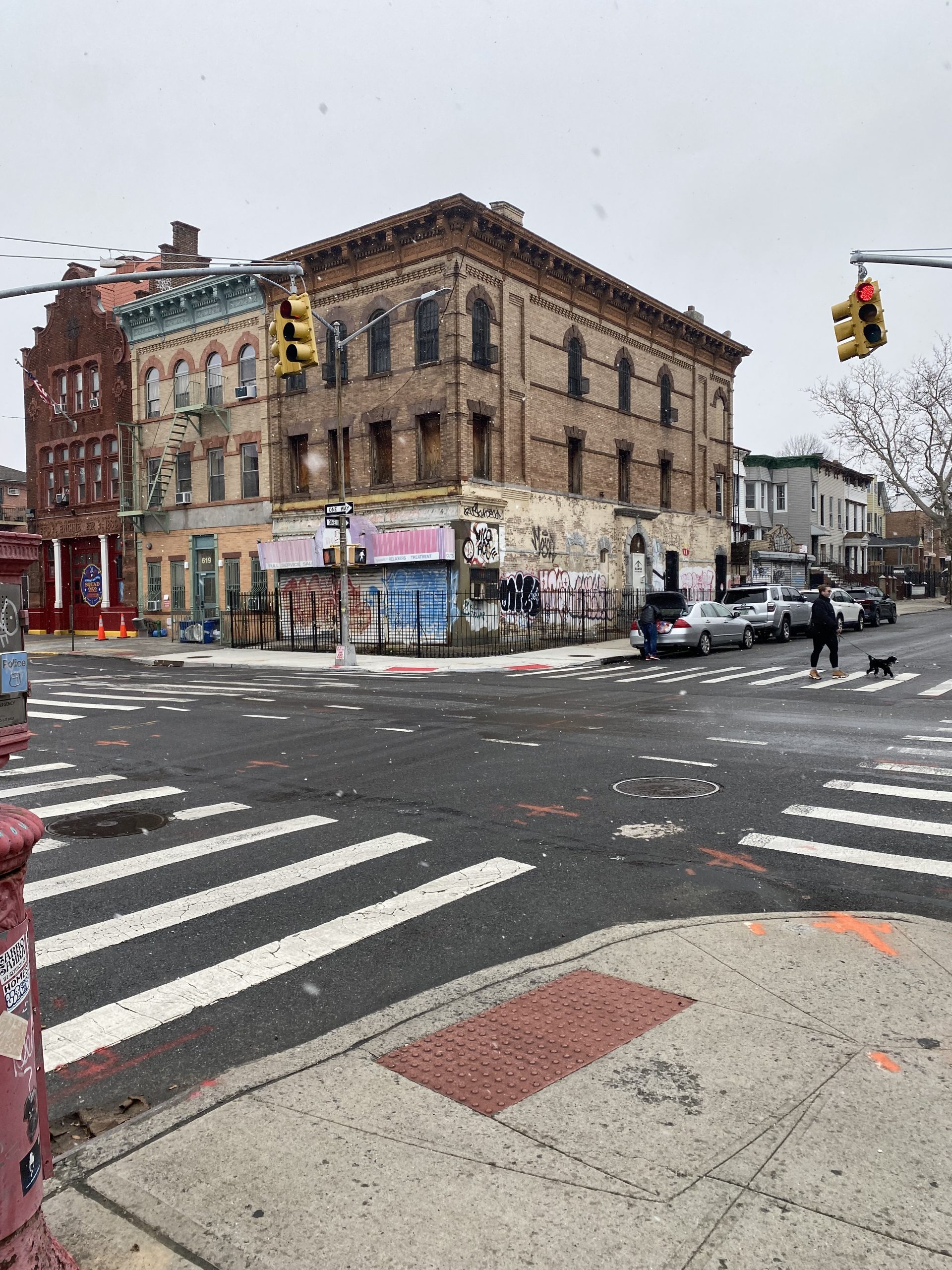A Legal Perspective on the safety of NYC Aging Buildings after the Earthquake
 In the aftermath of the recent earthquake that shook New York City, concerns about the structural integrity of the city’s aging infrastructure have once again surged to the forefront of public consciousness. Even before the seismic event, many New Yorkers harbored apprehensions regarding the resilience of buildings that form the fabric of their daily lives. As a leading law firm specializing in premises liability, Gair, Gair, Conason, Rubinowitz, Bloom, Hershenhorn, Steigman & Mackauf (GGCRBHS&M) provides a unique perspective on the potential dangers lurking in the aftermath of such natural disasters.
In the aftermath of the recent earthquake that shook New York City, concerns about the structural integrity of the city’s aging infrastructure have once again surged to the forefront of public consciousness. Even before the seismic event, many New Yorkers harbored apprehensions regarding the resilience of buildings that form the fabric of their daily lives. As a leading law firm specializing in premises liability, Gair, Gair, Conason, Rubinowitz, Bloom, Hershenhorn, Steigman & Mackauf (GGCRBHS&M) provides a unique perspective on the potential dangers lurking in the aftermath of such natural disasters.
New York City is home to approximately 1.1 million buildings, many of which were erected before modern safety standards were implemented in the 1990s. These older structures, particularly unenforced brick buildings, are deemed to be at the highest risk in the event of seismic activities. While the United States Geological Survey has assured the public that the recent earthquake was not powerful enough to inflict major damage, the event has undeniably heightened awareness and concern among residents and property owners alike.
In response, city officials and inspectors have ramped up efforts to assess the condition of buildings, focusing on construction sites and responding to complaints from the public. Structural engineers emphasize the importance of vigilant observation, advising property owners to note any new cracks in the floors, ceilings, and walls.
The legal team at GGCRBHS&M has long been at the forefront of advocating for the rights and safety of New Yorkers. Our experience in handling cases of building collapse and falling debris positions us uniquely to address the potential risks posed by the city’s older buildings, especially in the wake of the recent earthquake. It’s a grim reminder that even minor damages can lead to tragic consequences if not addressed promptly and effectively.
A harrowing example of such a tragedy occurred on May 17, 2015, when a young child lost their life due to falling debris from a building facade. This incident not only underscored the catastrophic potential of neglected building maintenance but also highlighted the complexities of premises liability law in New York State. Through relentless pursuit of justice, the falling debris attorneys at Gair, Gair, Conason, Rubinowitz, Bloom, Hershenhorn, Steigman & Mackauf were instrumental in challenging and changing the law regarding “zone of danger” damages, ensuring that justice could be served for the victim’s family.
The recent earthquake serves as a critical reminder of the importance of maintaining and inspecting our urban environments to protect against unforeseen disasters. At GGCRBHS&M, our commitment to justice and the safety of New York City’s residents is unwavering. We continue to advocate for stringent safety standards and the diligent upkeep of all buildings to prevent future tragedies.
Landlords and building owners must recognize their responsibility to their tenants and the public. The consequences of neglect can be devastating, as demonstrated by our firm’s past cases. It is imperative that all property owners take proactive steps to ensure the structural integrity of their buildings, thereby safeguarding the lives of those within and around them.
The path to safety and preparedness requires collaboration between property owners, legal professionals, and city officials. Our firm remains dedicated to this cause, advocating for policies and practices that prioritize the well-being of our community. Together, we can work towards a future where the risks associated with natural disasters and aging infrastructures are mitigated through foresight, innovation, and a commitment to public safety.
 New York Personal Injury Attorneys Blog
New York Personal Injury Attorneys Blog


